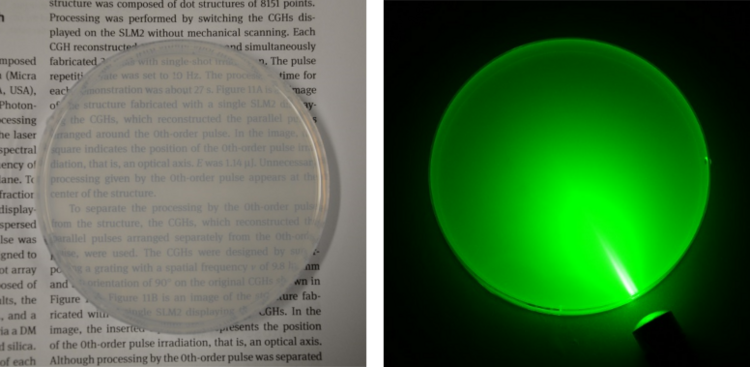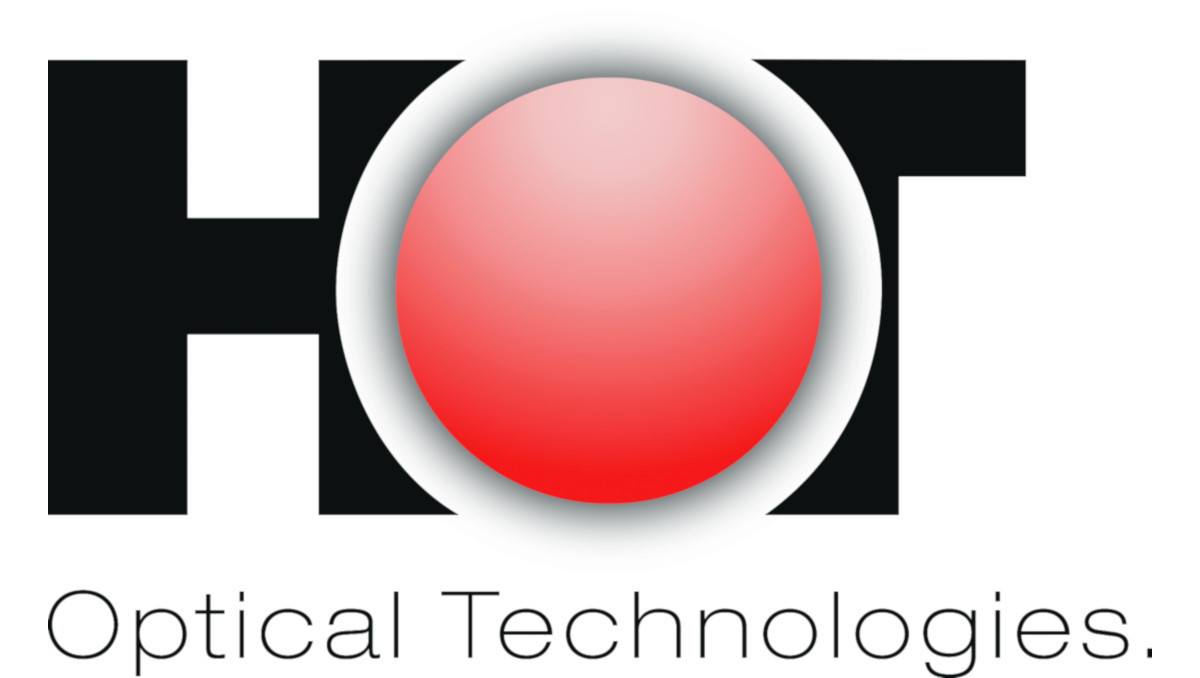Imaging in Scattering Media

| Led by: | M. Rahlves, B. Roth |
| E-Mail: | maik.rahlves@hot.uni-hannover.de |
| Year: | 2017 |
| Funding: | Lower Saxony Ministry for Science and Culture (MWK) |
Imaging in complex media such as highly scattering tissue remains one of the great challenges of modern optics. While propagating through the medium, light is multiple scattered and its wavefront gets strongly distorted. As a result, the image of an object hidden behind a turbid layer gets blurred or becomes completely unrecognizable (figure 1).
On the other hand, strong scattering also affects incident light when a sample that is hidden behind or inside of a scattering layer has to be illuminated, as is the case in fluorescence microscopy: The turbid medium strongly distorts the wavefront of coherent light and thus a laser beam which is transmitted through the medium forms due to interference a highly granular intensity pattern at the sample instead of an intense focal spot (figure 2).
The recent emergence of high-resolution liquid-crystal devices allows for spatial manipulation of the optical wavefront down to length-scales of a few microns. This kind of modulation is capable to compensate for scattering effects and, therefore, to focus light at objects hidden behind the turbid medium by applying an appropriate modulation pattern (figure 3). Such a pattern may be determined in an iterative way or by directly measuring the wavefront distortions, which are introduced by the scattering layer.
The goal of this project is to exploit wavefront-shaping liquid crystal devices for imaging in highly scattering media such as biological tissue. Thus methods to compensate for scattering effects and for beam-forming in turbid media are under investigation. These methods are combined with established imaging methods, such as confocal microscpy or optical coherence tomography (OCT) to enhance imaging performance and penetration depth.
This project is funded by the Lower Saxony Ministry for Science and Culture (MWK) through the program Tailored Light.
See also: www.tailored-light.uni-hannover.de
